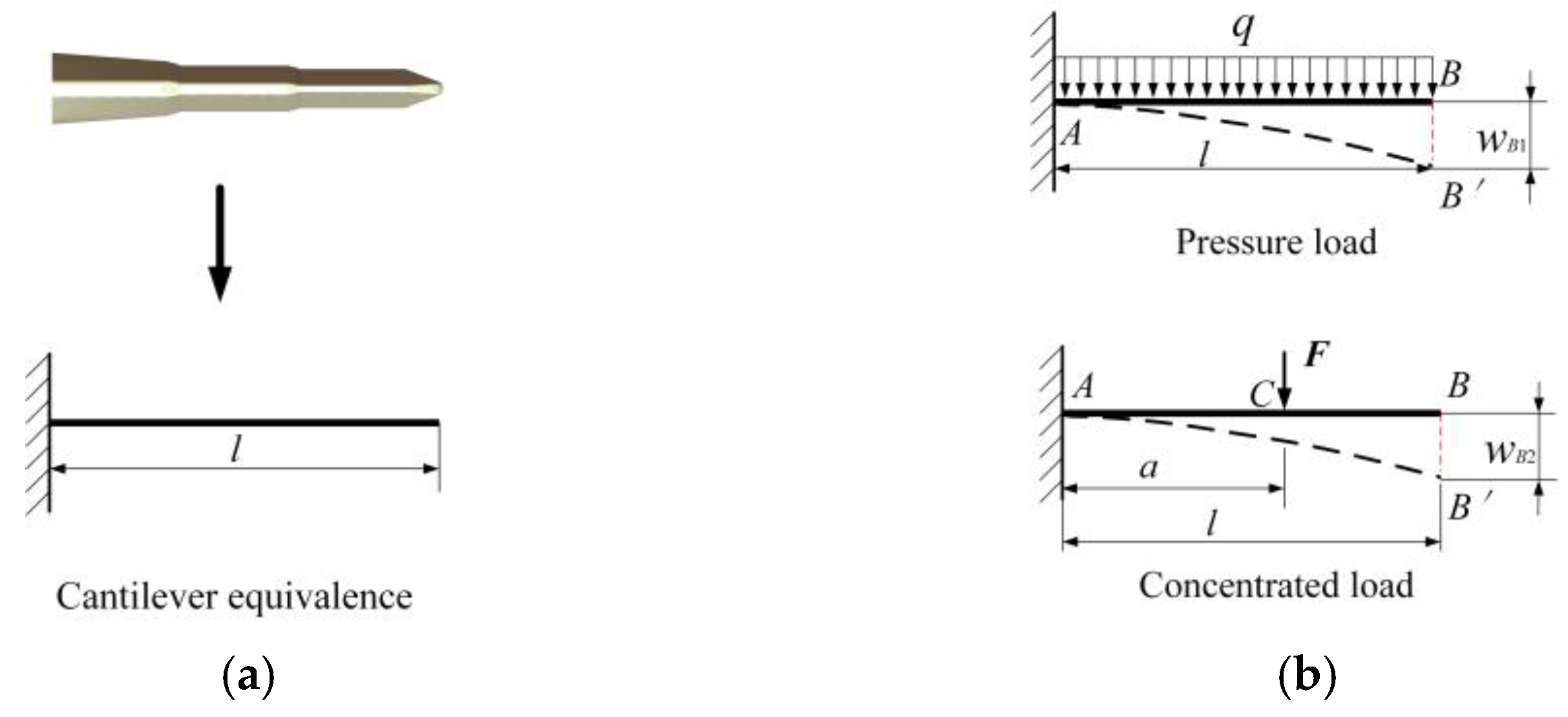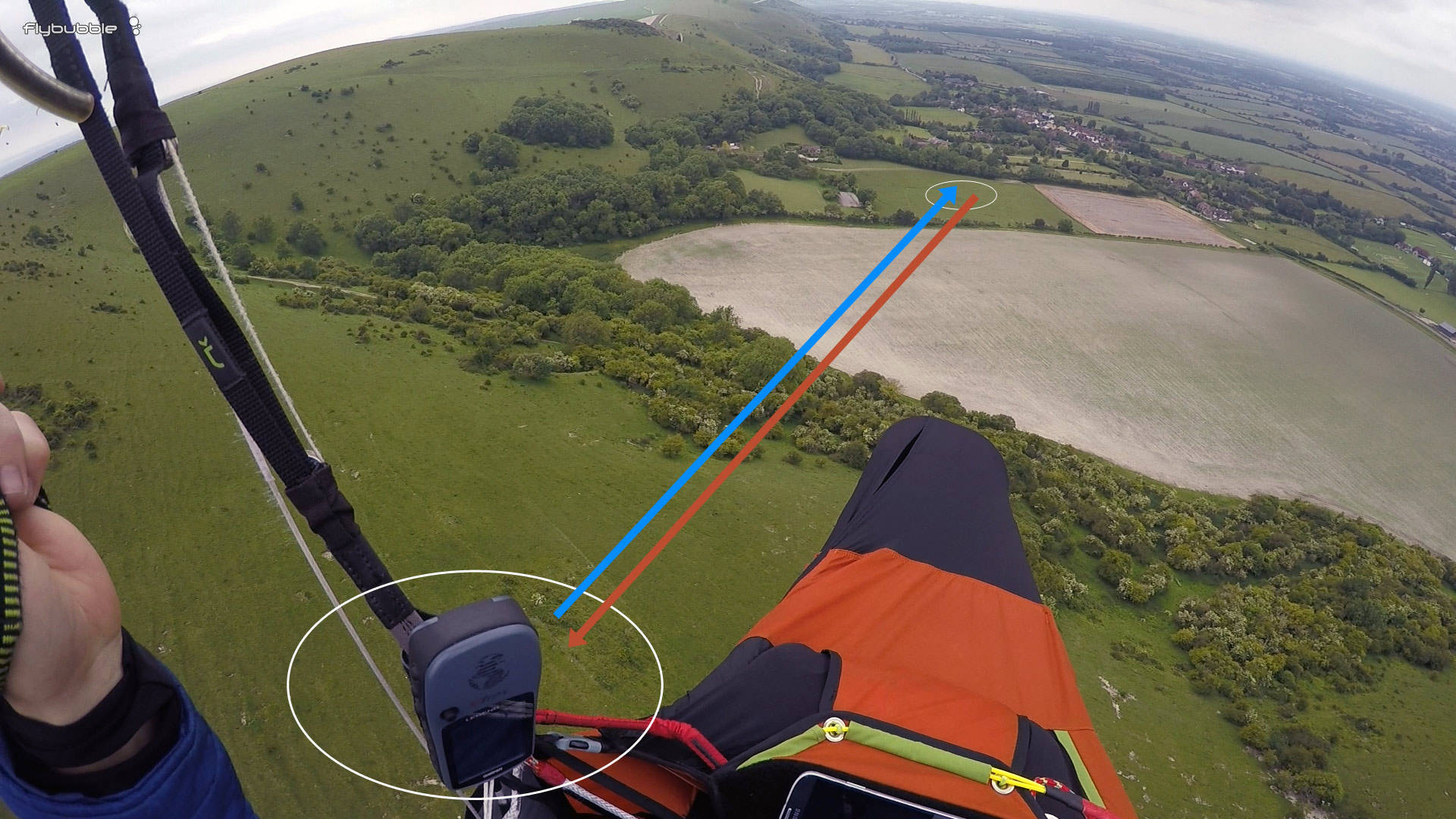Wing Loading for Different Glider Types: A Comparative Analysis

Gliders come in various designs, each with optimal wing loading ranges suited to their intended purpose. Understanding these differences is crucial for selecting the right aircraft and operating it within its performance envelope.
Training Gliders
Typical wing loading: 20-28 kg/m² (4.1-5.7 lbs/ft²)
Training gliders like the ASK-21 or Grob 103 prioritize:
- Forgiving flight characteristics
- Low stall speeds
- Good climb performance in weak thermals
- Durability for frequent landings
Their low wing loading makes them ideal for learning but limits cruise performance in windy conditions.
Club Class and Standard Class
Typical wing loading: 28-38 kg/m² (5.7-7.8 lbs/ft²)
Gliders like the LS4 or Discus represent a balance between performance and handling:
- Good all-around performance
- Reasonable cruise speeds
- Acceptable climb rates in moderate lift
- Wide operating weight range with ballast options
15m and 18m Racing Class
Typical wing loading: 35-50 kg/m² (7.2-10.2 lbs/ft²)
High-performance gliders like the ASG 29 or JS1 are designed for competition:
- Exceptional glide ratios at high speeds
- Significant ballast capacity
- Precise handling characteristics
- Optimized for strong conditions
Open Class and Unlimited Gliders
Typical wing loading: 40-55+ kg/m² (8.2-11.3+ lbs/ft²)
The pinnacle of glider performance with wingspans up to 30m:
- Extremely high wing loading capability
- Massive ballast capacity
- Exceptional high-speed performance
- Require strong lift conditions
Specialty Gliders
Motor Gliders: Typically have higher wing loading (35-45 kg/m²) to accommodate engine weight while maintaining reasonable glide performance.
Self-launching Gliders: Similar to motor gliders but with retractable engines, allowing pure glider performance when the engine is stowed.
Understanding these differences helps pilots select the right glider for their mission and operate it within its optimal performance envelope. The best wing loading depends on both the glider type and the expected flying conditions.



